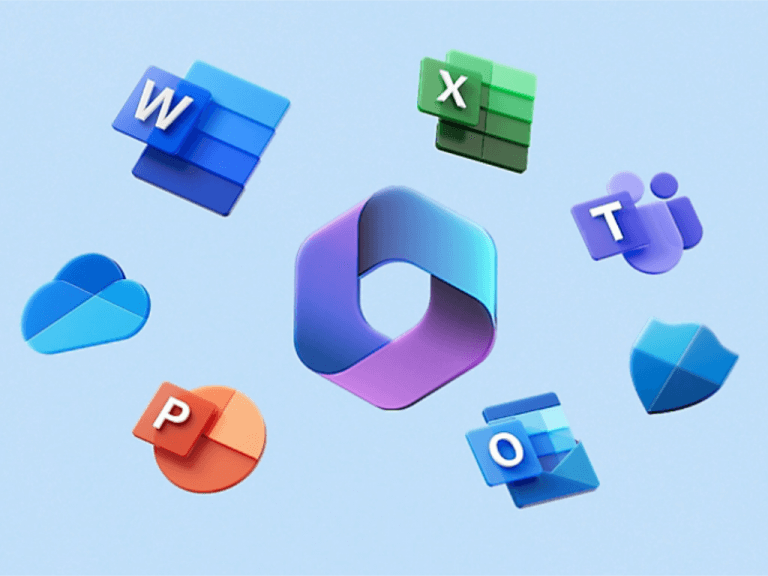In response to Google’s recent announcement of stricter anti-spam regulations for bulk email senders, Microsoft 365 users have received a stern warning from Microsoft itself.
The message urges users to authenticate their outbound messages promptly or face the risk of having their emails rejected or tagged as spam. The development underscores the growing importance of email authentication standards in maintaining the integrity of email communications, Bleeping Computer reported.
Microsoft also issued a caution against using its Microsoft 365 service for bulk emailing purposes, citing concerns over outbound spam controls integrated within Exchange Online Protection (EOP). According to the warning, emails exceeding sending limits will either be blocked or directed to special high-risk delivery pools by EOP’s spam controls.
Guidelines for Bulk Emailing via EOP
For users who choose to deliver bulk emails through EOP, Microsoft has outlined specific guidelines to follow:
1. Exercise Caution with Sending Volume
It is essential to avoid sending emails at an excessively high rate or volume, as this could trigger spam filters. By maintaining a reasonable sending volume, bulk email senders can reduce the likelihood of their emails being flagged as spam.
2. Avoid BCC Recipients in Large Lists
Sending emails to a substantial list of BCC recipients should be avoided. Including a large number of BCC recipients in an email can result in higher spam scores and potentially affect email deliverability.
3. Use Custom Subdomains for Bulk Emails
Instead of using addresses from the primary email domain, it is advisable to utilize a custom subdomain exclusively for bulk email purposes. This practice helps separate bulk emails from regular communication, reducing the likelihood of triggering spam filters.
4. Configure Custom Subdomains
Entities sending bulk emails through EOP should ensure that their custom subdomains are properly configured with essential email authentication records in DNS, including SPF (Sender Policy Framework), DKIM (DomainKeys Identified Mail), and DMARC (Domain-based Message Authentication, Reporting, and Conformance). Configuring these records correctly enhances email deliverability and significantly reduces the chances of emails being marked as spam.
No Guarantee of Email Delivery
While following Microsoft’s recommendations can improve the chances of successful email delivery, the company emphasizes that even adhering to these guidelines does not guarantee email delivery. If emails are rejected as bulk, users are advised to consider using on-premises solutions or third-party providers to facilitate successful email delivery.
Google’s Plans for Anti-Spam Measures
On the other hand, Google recently announced its plans to further tighten anti-spam measures. Starting in 2024, the search giant will require bulk email senders to authenticate their messages, provide simple unsubscription options, and stay within reported spam thresholds. Failure to comply with these requirements may result in emails being marked as spam or not delivered at all.
As both Google and Microsoft emphasize the significance of email authentication, email senders must adapt to these evolving standards to maintain the integrity of their email communications and deliver messages effectively.


